The summer palace of Mir Sayyd Muhammad Alim Khan – the last Emir of Bukhara, is 4 kms north of the city. The palace combines Russian architecture, with European and Bukharan style decor.
The first thing that caught my eyes was the heart-shaped window panes – in all my travels to Europe, I have never seen such an overt expression of romance. The Emir did love all-things-European (or maybe he was just a die-hard romantic at heart).

Devoted to his wife Sitora, who died in childbirth, the palace is set amidst 7 hectares of gardens that bloom with fragrant roses in spring. It also has a large family of peacocks that roam freely in the front yard – probably the only place in Uzbekistan where I found a large herd.
“Did you know peacocks were birds of paradise,” asks my guide. “They were banished because of their voice,” she explains with disdain written all over her face.

Built by two Russian engineers Margulis and Sakovitch, the best Bukhara masters of the time, the palace is exquisitely beautiful in its architecture and decor. The reception hall is decorated in mirrors that catch the glint of the sun rays throughout the day. The ceiling and the walls are ornately decorated with mosaic and coloured glass patterns and together with the colourful Bukharan carpets, it really feels like you are inside of a kaleidoscope. Venetian mirrors, a tile covered Dutch-style stove, Chinese and Japanese porcelain, silverware from England, crystal chandeliers from Belgium, European furniture, clocks, and even a refrigerator, are a part of the Emir’s collection.
Bukhara had long been a Russian protectorate – initially of the “White Russians” or the Tsars. But then came the October Revolution in 1917 and in marched the “Red Russians” – the Bolsheviks, in 1920. The Emir fled and tried in vain to organise an armed resistance but most Bukharans were already so tired of him that they welcomed the Bolsheviks with open arms.
The Emir went into exile in September 1920, and eventually settled in Kabul, Afghanistan. Just like the peacocks, the exquisite and regal creature who once lived in paradise was banished for ever, never to return to his princely abode.
Check out some of my other blogs on Uzbekistan on World Without Compass
Uzbekistan – The pearl of the orient
Burying the past and resurrecting the future – Lenin/ Tamerlane
Zoroastrianism in Uzbekistan
A bull can’t be blue – About Russia’s avant garde art collection in Nukus
Aral Sea – the world took away sea and left behind salt sand
Dil ba yoru; dast ba kor – Finding its lost glory
Uzbekistan – travel info, itinerary and other details

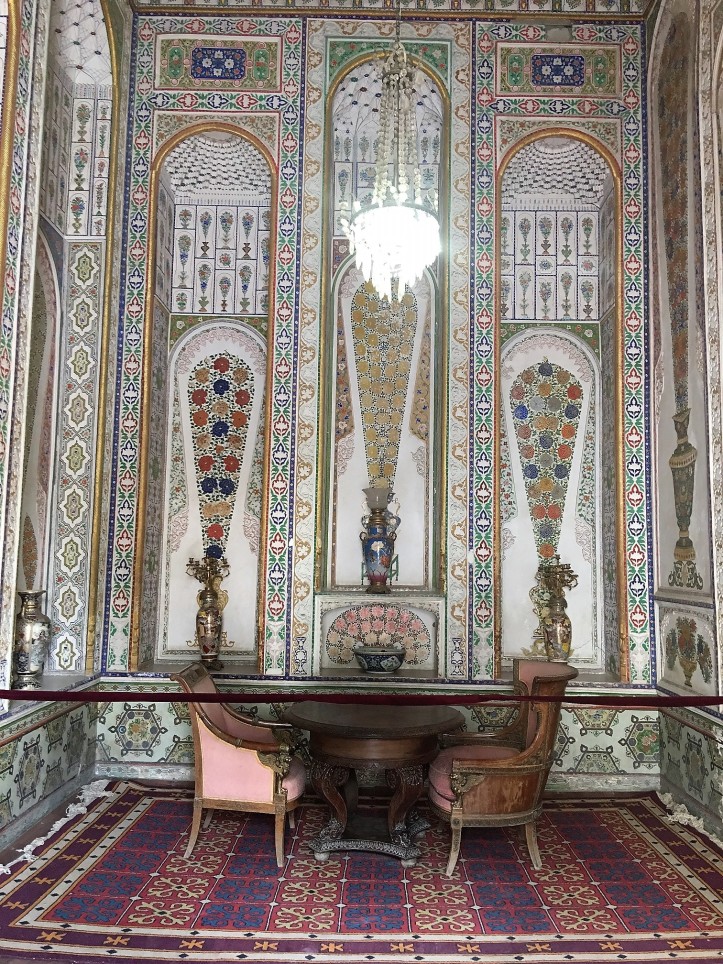




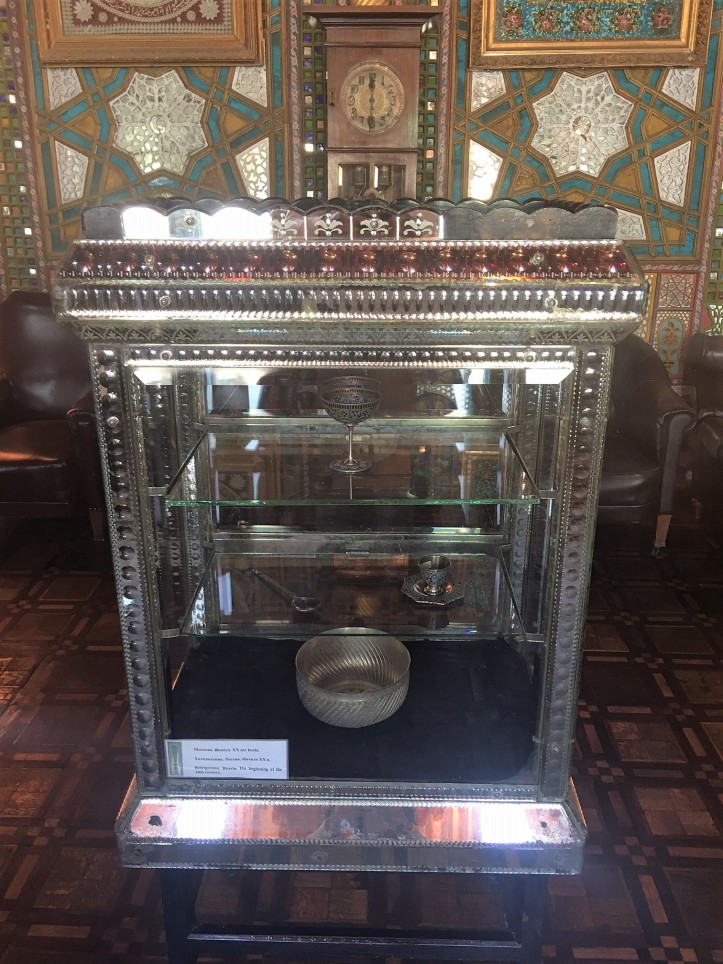




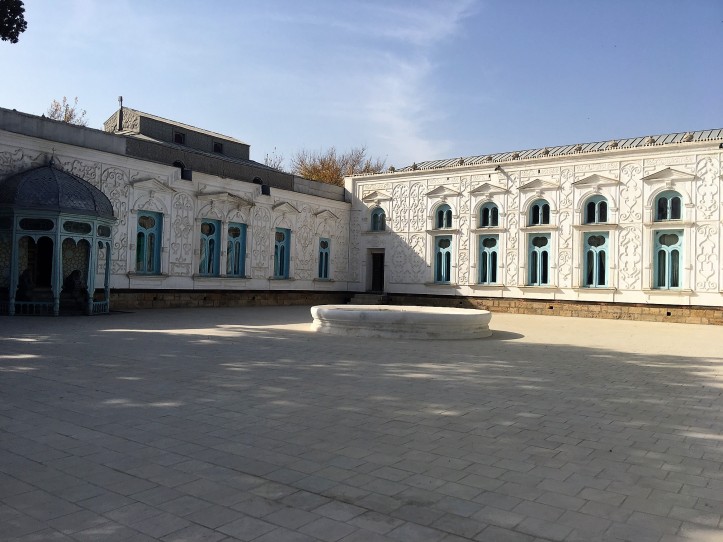
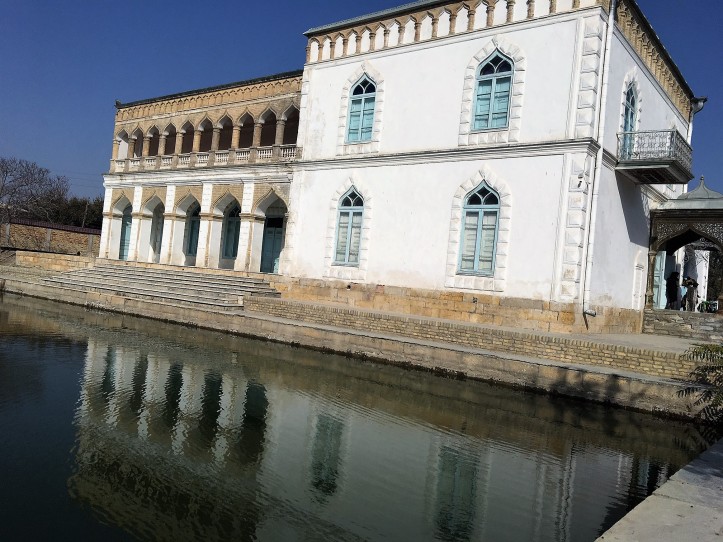
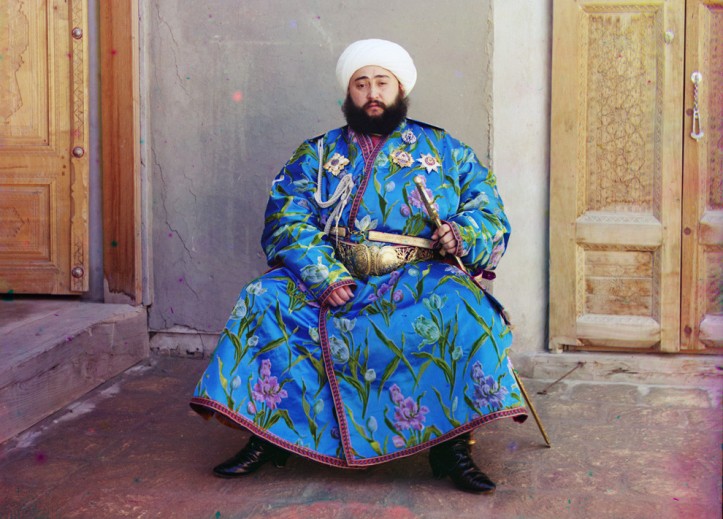
Such a beautiful place! Love the tile work!
LikeLike
Have you been there Anna?
LikeLike
No but Uzbekistan has been my number one dream destination for the past ten years…. Still haven’t got there yet but I hope one day I will! Everything Central Asia fascinates me!
LikeLiked by 1 person
It is even more beautiful in real life. And the people are so lovely. I think they are the best I have come across. Stay tuned for a few more articles on UZ. Been meaning to write. Just haven’t gotten around to it.
LikeLiked by 1 person
Please do write more! I’d love to read it!
LikeLiked by 1 person
: ) Thanks Anna. Will do some more writing. There are 2 posts that I had written (there are others too but these 2 were most interesting/ inspiring) – One is about Zoroastrianism in UZ which I was surprised how deeply embedded it is and the other is about non-conformist Russian art and one particular artist, Vladimir Lysenko. Hope they are interesting to you too. I am also sharing a link about Aral Sea. Sorry for the barrage but it is nice to have someone share the love for UZ. https://worldwithoutcompass.wordpress.com/2017/11/03/zoroastrianism-in-uzbekistan/
https://worldwithoutcompass.wordpress.com/2017/11/01/a-bull-cant-be-blue/
https://worldwithoutcompass.wordpress.com/2017/10/29/aral-sea-the-world-took-away-the-sea-and-left-behind-salt-sand/
LikeLike
I am very interested in Zoroastrianism too… Ever since I first heard about it I enjoyed learning more. The whole Middle East/Central Asia region is my dream to visit, just never ended up there yet! I will check your links for sure, I always love to read and learn new things! Thanks x
LikeLike
Cheers Anna. Travel (and love for travel) can bring people together in so many ways. Wishing you many wonderful journeys of wanderlust.
LikeLiked by 1 person
[…] are all set in picturesque gardens with water channels, fountains, fruit-bearing trees, peacocks (peacocks were meant to be birds of paradise apparently) and other exotic birds, fragrant flowers – in particular rose, which symbolises love, and […]
LikeLike
Hi Anna! I stumbled across this post while researching for a post of my own about the Emir’s Summer Palace! I hope you make it Uzbekistan someday. We’ve been here three years and are working our way through a last 100 days blog countdown. Keep up the good work!
LikeLike
and by Anna I mean Maddie! Great job!
LikeLike
A 100 days in UZ. Boy! are you lucky or what. Anna and I are so envious.
LikeLiked by 1 person